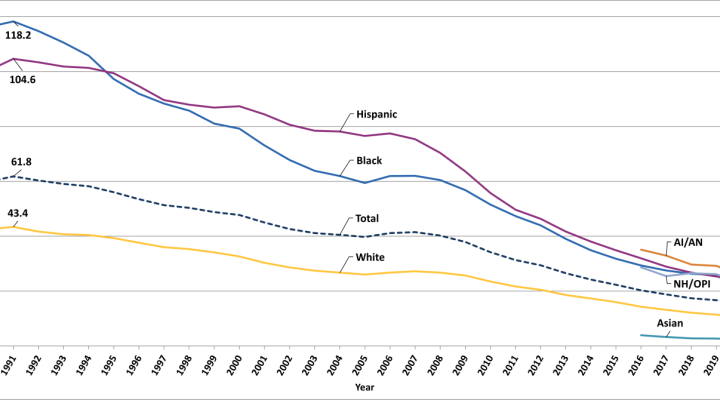
Teen Pregnancy Rates in 2003: A Comprehensive Analysis
Introduction
Teen pregnancy remains a significant public health concern in the United States, with far-reaching consequences for both the young mothers and their children. In 2003, the teen pregnancy rate stood at 41.5 births per 1,000 females aged 15-19, marking a slight decline from the previous year’s rate of 42.1. While this decrease is encouraging, the overall rate remains high, underscoring the need for continued efforts to address the underlying factors contributing to teen pregnancy.
Demographic Disparities
Teen pregnancy rates vary significantly across different demographic groups, highlighting the influence of socioeconomic and cultural factors. In 2003, the highest rates were observed among Native American and Hispanic adolescents, with 70.7 and 59.9 births per 1,000 females, respectively. African American teens also had a higher rate (48.4) compared to white teens (27.2). These disparities reflect the complex interplay of poverty, lack of access to healthcare and education, and cultural norms that may normalize or even encourage early childbearing.
Geographic Variations
Geographic variations in teen pregnancy rates are also evident. In 2003, the highest rates were concentrated in the southeastern United States, with Mississippi, Louisiana, and Arkansas reporting rates above 60 per 1,000 females. In contrast, the lowest rates were found in the northeastern and western states, with New Hampshire, Vermont, and Oregon reporting rates below 20 per 1,000 females. These regional differences may be attributed to a combination of factors, including economic conditions, educational attainment, and the availability of comprehensive sex education and family planning services.
Consequences of Teen Pregnancy
Teen pregnancy has a profound impact on both the young mothers and their children. Young mothers are more likely to drop out of school, experience poverty, and face health complications during pregnancy and childbirth. Their children are also at increased risk for low birth weight, premature birth, and developmental delays. Additionally, teen mothers often face social stigma and discrimination, which can further compound the challenges they encounter.
Factors Contributing to Teen Pregnancy
The causes of teen pregnancy are multifaceted and include both individual and societal factors. Individual factors include lack of knowledge about contraception, peer pressure, and low self-esteem. Societal factors include poverty, lack of access to healthcare and education, and cultural norms that may condone or even encourage early childbearing.
Prevention Strategies
Preventing teen pregnancy requires a comprehensive approach that addresses both individual and societal factors. Effective prevention strategies include:
- Comprehensive sex education: Providing accurate and age-appropriate information about contraception, sexually transmitted infections (STIs), and healthy relationships.
- Access to contraception: Ensuring that teens have access to a wide range of contraceptive methods, including condoms, birth control pills, and long-acting reversible contraceptives (LARCs).
- Family planning services: Offering confidential and affordable family planning services, including pregnancy testing, STI screening, and counseling.
- Social support: Providing teens with access to supportive adults, such as parents, teachers, and mentors, who can provide guidance and encouragement.
- Economic empowerment: Addressing the underlying socioeconomic factors that contribute to teen pregnancy, such as poverty and lack of educational opportunities.
Conclusion
Teen pregnancy remains a complex and multifaceted issue that requires continued attention and effort. While the slight decline in the teen pregnancy rate in 2003 is encouraging, the overall rate remains high, particularly among certain demographic groups and geographic regions. By implementing comprehensive prevention strategies that address both individual and societal factors, we can empower teens to make informed choices about their sexual health and reduce the incidence of teen pregnancy.